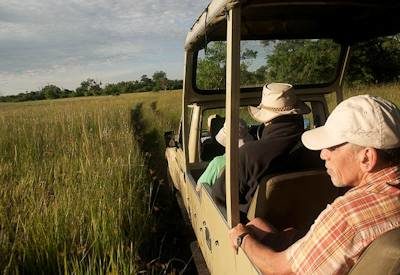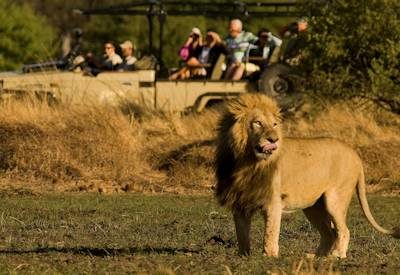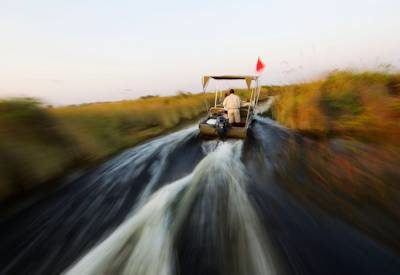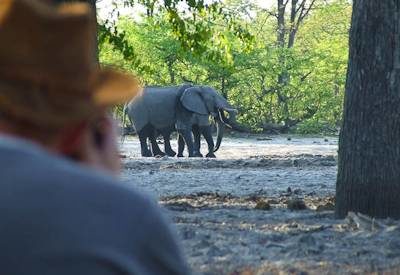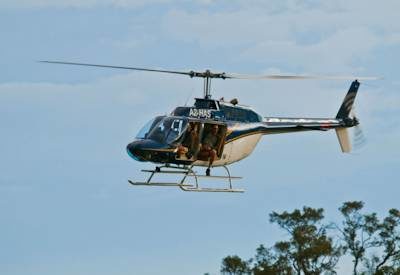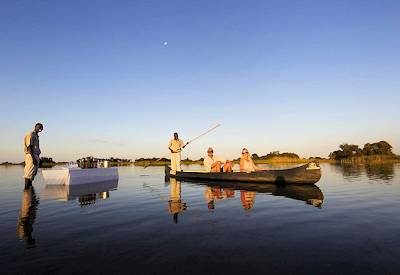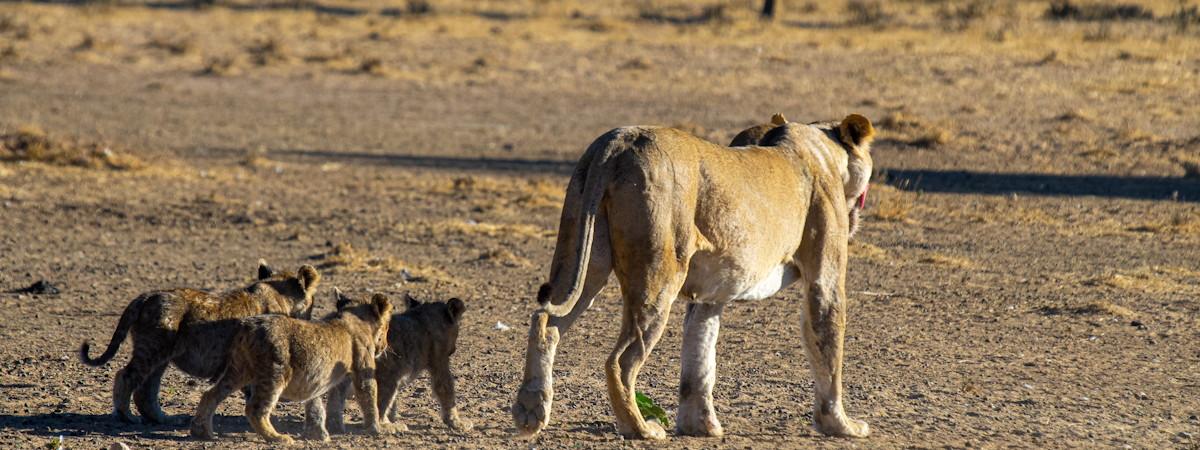
Kgalagadi Transfrontier Park Botswana
A Haven For Kalahari Desert Wildlife And Those Looking For remote Camping
A landscape of red dunes, sparse vegetation, semi-desert savannah, denuded grasslands whose crests are covered with grey Camelthorn bushes and Kalahari couch grass to the dry riverbeds of the Nossob and Auob Rivers, the Kgalagadi Transfrontier Park is a famous and well-protected conservation area in the southern Kalahari Desert.
It straddles Botswana and South Africa (formerly known as the Kalahari Gemsbok National Park), and covers an area of over 38 000km². The park is home to a variety of animals, including lions, leopards, cheetahs, hyenas, antelopes, giraffes, and many more. There are also a variety of bird species that can be seen in the park.
The Kgalagadi Transfrontier Park is a popular safari destination and is known for its beautiful landscapes and its abundance of wildlife. Visitors to the park can expect to see a wide variety of animals and birds, as well as stunning scenery.
Kgalagadi Transfrontier Park Facts
- Size & Location: 38 000km²
- When to visit the park: April - September (cooler winter months - preferred)
- Climate: Fluctuation in temperatures is extreme. Day: may exceed 40°C. Night: may drop below -14°C
- Rainfall: 200mm per annum
- Altitude: 900m - 1100mm above sea level
- Location: in the southern Kalahari Desert within Botswana and South Africa (on Namibia Border)
- Accommodation: There are currently no lodges or camps worth visiting (Sorry)
Where is Kgalagadi Transfrontier Park located?
The national park is located in the southwestern region of Botswana and incorporates the South Africa section of the park, bordering (but not open to) Namibia. The Kgalagadi is best accessed via the South Africa side, as there are both border and immigration posts all located in one area.
The nearest towns on the Botswana side are; Hukuntsi (a basic hospital here) and Kang.
Information On Kgalagadi Transfrontier Park
Famous for its large antelope herds and desert predators, the Kgalagadi is one of the largest conservation areas in Southern Africa and represents an increasingly rare phenomenon: a large ecosystem relatively free from human interference.
The dry riverbeds of the Nossob and Auob Rivers cut through the Kgalagadi Transfrontier, which is ground covered by an attractive yellow flower during summer, the devil's thorn. This plant invades a denuded area and, as such, is a sign of previous over utilisation of an area. Moisture, for the survival of the wildlife, comes from the tsamma melon and gemsbok cucumber. Few other conservation areas have attracted so many research projects. This research has revealed a widely fluctuating environment, driven by rainfall events that vary widely in time and space, which produce a system that is difficult to predict and understand without long-term study.
Visitors to the Kgalagadi Transfrontier Park may view large herds of migrating springbok, oryx and blue wildebeest, the desert-adapted gemsbok and the huge, black-maned Kalahari Lion. Kudu, grey duiker, red hartebeest, steenbok and the rare eland and impala. Other predators found in this area include cheetah, leopard, brown and spotted hyena and wild dog. Smaller animals, like the cape and bat-eared fox, yellow, slender and banded mongoose, honey badger, aardwolf, polecat, pangolin and genet also occur.
More than 260 species of birdlife are found in the Kgalagadi Transfrontier, including a large number of raptors.
The oblong fruit of the Camelthorn tree is a welcome and vitamin-rich variation in the diet of many animals, and in the midday heat, the animals love to rest in the cooling shade of these deep-rooted giants.
Best Time to Visit The Kgalagadi Transfrontier Park?
We have found that, and in our experience, the Kgalagadi to be a year-round safari destination for the adventurous people out there. But with that being said, the winter months are best as the temperatures are more agreeable with most people. The odd summer thunderstorm can play havoc with the roads, but it is mainly the high temperatures that are off-putting to most.
Please see our "When To Visit Page" for temperature and rainfall charts.
Main Attractions Of Kgalagadi Transfrontier Park
- Fascinating Kalahari ecosystem
- Visit both South Africa and Botswana in one National Park
- The Botswana side is wild and remote with no lodges, only wild camping
- 280 bird species (raptors paradise)
- Protected Conservation area
- Wild camping in the Kalahari
The Kgalagadi Transfrontier Park is a huge, beautiful national park located in the southwestern region of Botswana and South Africa. This conservation area is famous for its large antelope herds and desert predators like lions, cheetahs, leopards, and hyenas.
The best time to visit this amazing park is during winter when the temperatures are more agreeable to most people. With over 260 species of birdlife, it's a birders paradise!
And don't forget to camp in the Kalahari for a truly wild experience.

